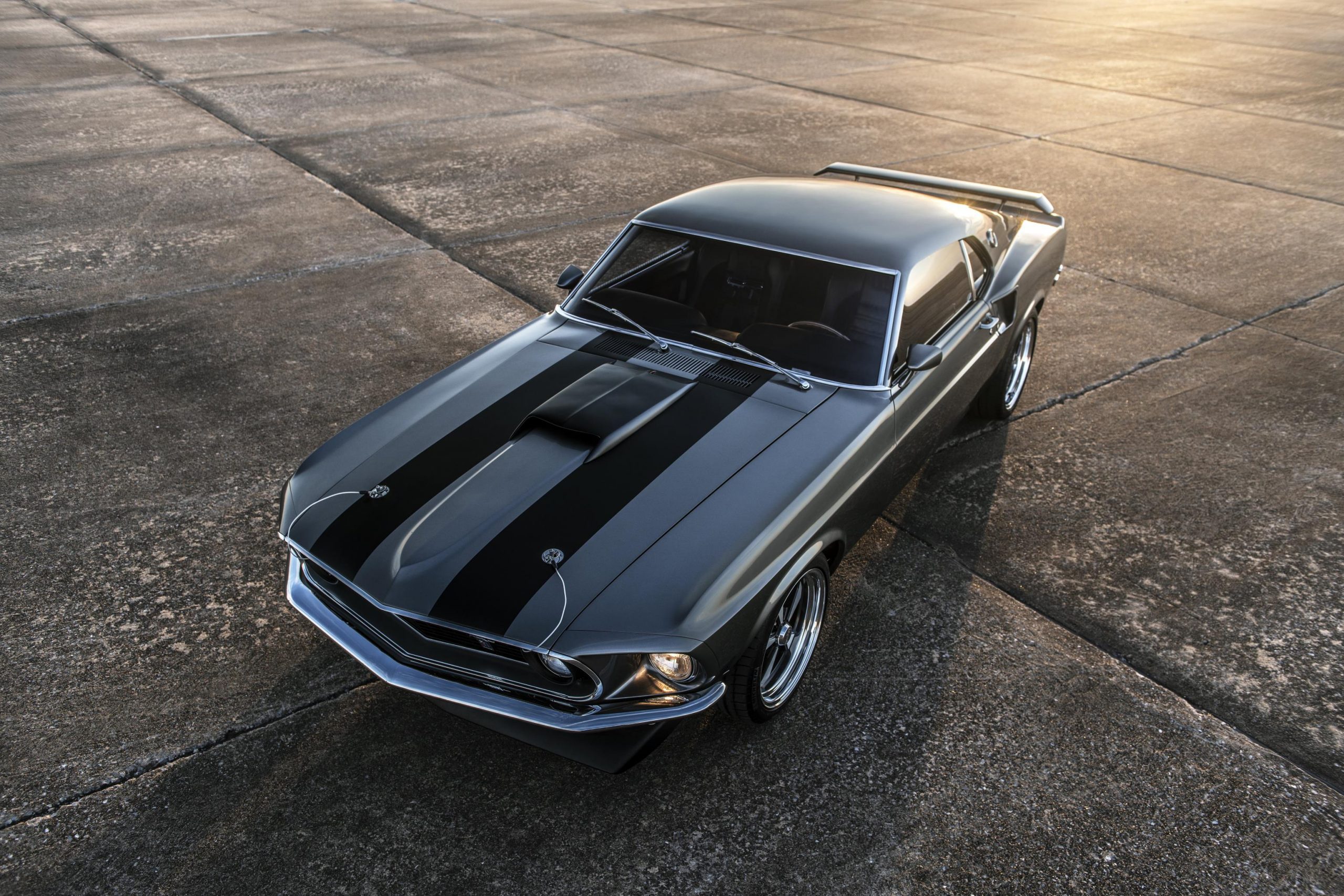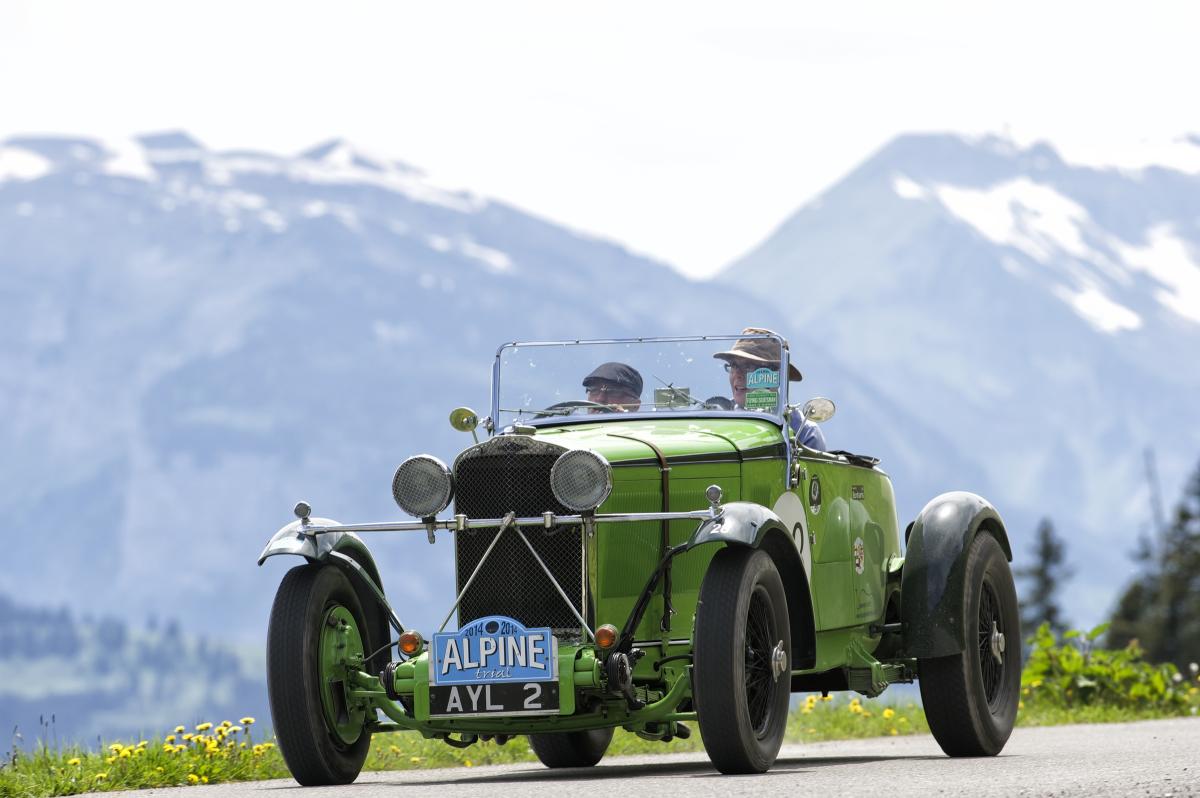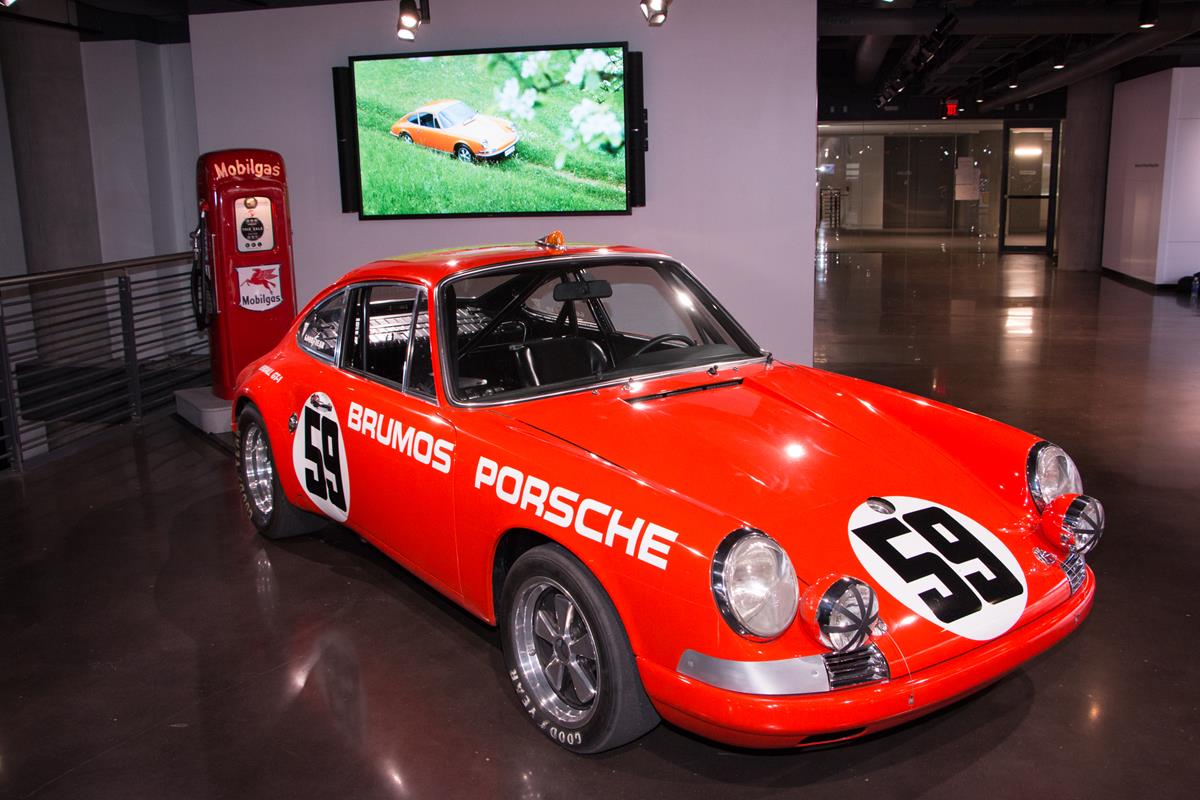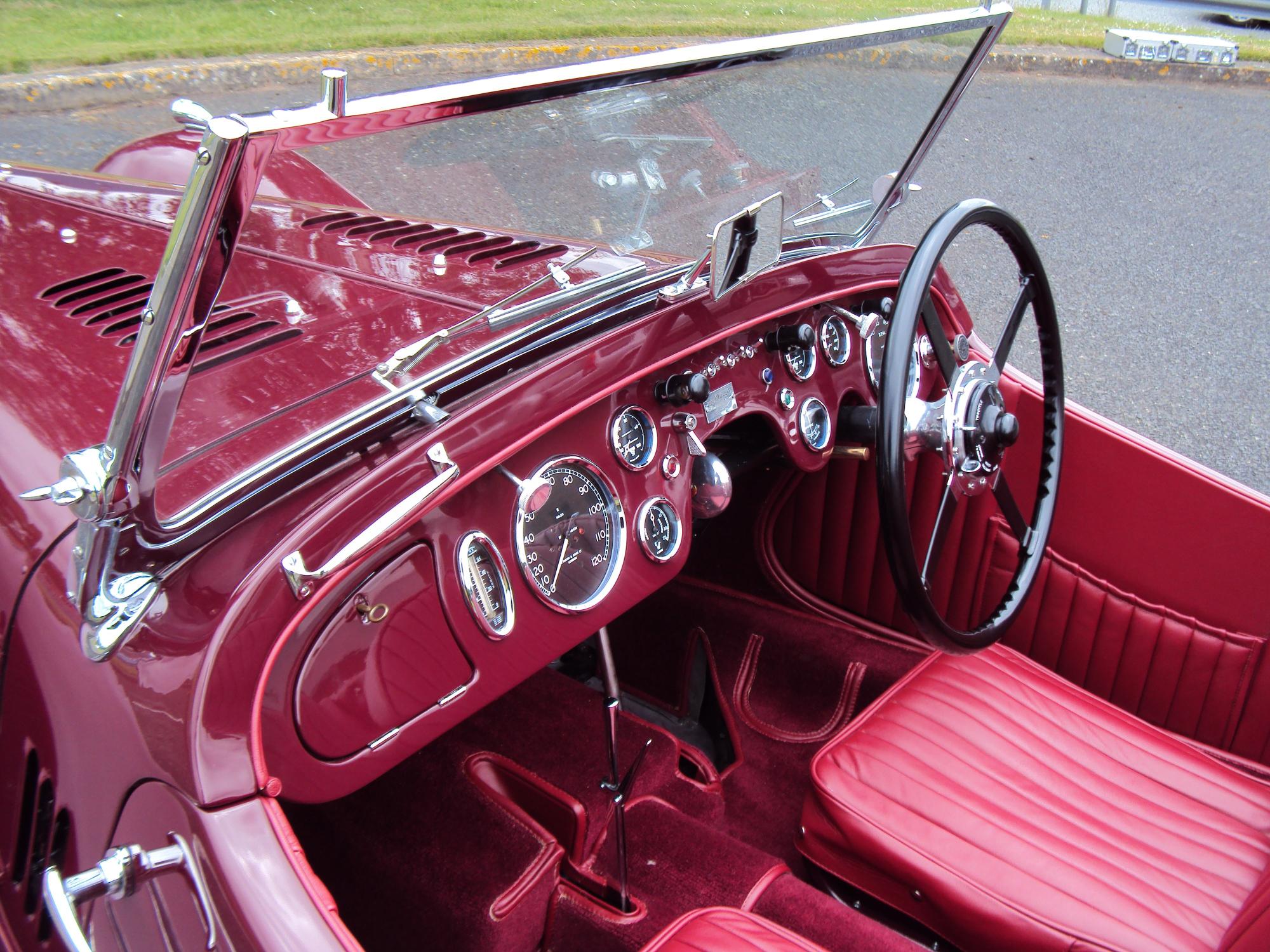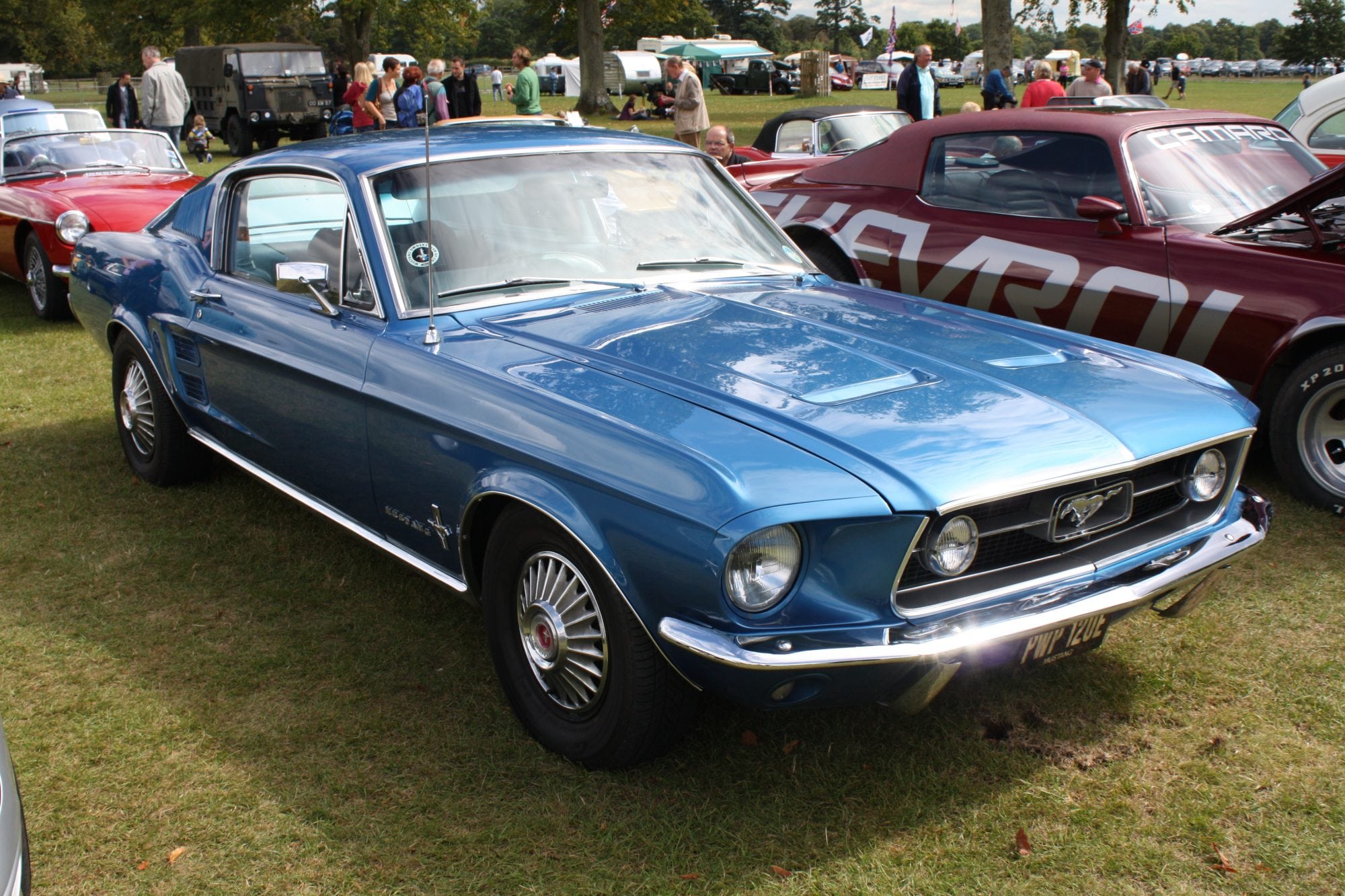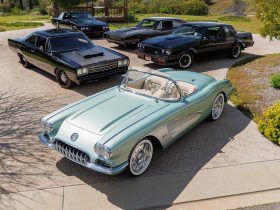Whether you collect classic cars or are considering purchasing your first one, it’s a lot different than owning a new vehicle or even something built in the last 10 or 20 years. It’s vital to take the best possible care of your new classic ride. Here are six ways to do it.
1. Buy It for the Right Reasons
There are all sorts of reasons people buy classic cars. Maybe you want a piece of your childhood to drive every day. Perhaps you want to find a diamond in the rough that you can bring home, restore and resell. Many people want to turn someone else’s trash into treasure or convert it into the perfect showpiece.
Whatever the reason, make sure you think it through and make the right decision. You can sink a lot of money into a junker or luck into a piece of automotive history. It just takes a bit of research and patience.
2. Don’t Skimp on Regular Maintenance
It doesn’t matter what you drive — maintenance is important. Regular inspections and upkeep of classic cars can help you detect small problems before they become expensive repairs. This is especially important if you own a rare model or something that is difficult to find parts for. An oil change and new air filter cost infinitely less than replacing blown seals or rebuilding the engine because something broke down.
3. Have Somewhere to Park It
If you have a good-looking classic car, leaving it in the driveway or parking it in the street is akin to walking into a wolf den wearing T-bone steak underwear. These vehicles don’t have the security features modern ones do, making them a popular choice for thieves. You’ll need a safe and secure place like a garage to park your new purchase. If you haven’t had the opener replaced in a while, you might even want to consider an upgrade to ensure your space is secure.
4. Use Original Parts Whenever Possible
This isn’t as much of an issue if you’re not planning to resell your car, but if you’re worried about resale value, make sure you’re using original parts whenever possible. Collectors often look for OEMs when they’re trying to purchase a new classic car. This is also important if you’re planning on showing your vehicle. Anything visible needs to be as original as possible — and that includes what’s under the hood.
5. Keep It Clean Even if You’re Not Driving It
Don’t let your classic car become a dusty relic, even if you’re not driving it. Dirt and dust can impair the functionality of your vehicle. Take the time to go over the interior and exterior with a damp cloth periodically. It doesn’t take much to keep it clean, especially if you’re driving it on the regular. Even if you’re putting it in storage, there’s still no excuse for letting it get filthy.
6. Be Mindful of Humidity
Humidity is the silent killer of classic cars, especially when they’re in storage. You might not even realize it, but it will seep into upholstery and encourage mold growth. It can accumulate on metal components and lead to rust in places that might not be obvious until it’s too late. If you’re putting your car in storage, use dehumidifiers to remove excess moisture from the air before it causes damage.
Take Care of It and It Will Take Care of You
They say they don’t make things like they used to, and that’s especially true when it comes to cars. If you find a good classic and you take care of it, it will take care of you in return. It might be a little more complicated than buying a new vehicle, but the experience of getting behind the wheel and hearing that engine roar is utterly incomparable.


